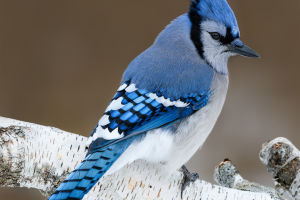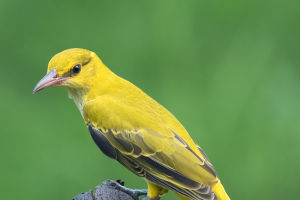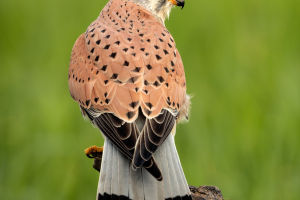The zebra, a large equine native to the grasslands of Africa, is the largest and most distinctive of the wild horses, with black and white stripes that are unique to each horse.
In this article, we will discuss some of the fascinating aspects of zebras, including their feeding habits, group living, super hearing, communication methods, morphology, ability, mode of reproduction, and migratory groups.
Feeding Habits
Zebras are herbivores and consume a variety of food sources, including grass, shrubs, twigs, leaves, and even bark. Their highly adaptable digestive system enables them to survive in low-nutrient conditions, making them superior to other herbivores.
The main food of zebras is grass, and they sometimes eat young leaves. Zebras are not only friendly among group members but also often mix with other herbivores, such as ostriches, giraffes, and antelopes, living together and sharing the same food.
Group Living
Zebras are social animals and usually live in groups centered on a leader, typically an old and experienced zebra. The leader can lead the group to adopt the best evasion strategy in times of danger.
Zebras also have a unique way of communicating with each other, using different methods, such as sound, chewing, shaking their heads, and patting their feet, to convey information to the group.
Super Hearing
Zebras have excellent hearing and can detect distant sounds. This hearing ability is essential for avoiding the threat of natural enemies on the grassland.
Morphology
Zebra stripes are unique to each animal, with no two zebras having the same pattern. Although the stripes may look the same to us, they help other zebras distinguish them in the wild. A zebra can track its family by the pattern of its stripes.
The stripes serve multiple functions, including temperature regulation. The black stripes absorb heat from the sun, warming the zebras in the early morning, while the white stripes reflect lighter, helping them cool down while standing and grazing in the hot African sun.
Ability
Zebras have excellent physical functions and can run at extremely fast speeds. They have excellent stamina and can run for long periods, making them capable of outrunning predators. Zebras have excellent adaptability and can survive in various climatic conditions.
Mode of Reproduction
Zebras reproduce by mating, and male zebras usually compete with female zebras. The gestation period for zebras is 11 months, and a litter usually gives birth to a foal, which begins to run shortly after birth.
Huge Migratory Groups
On the African savannah, there are migratory groups consisting of tens of thousands of zebras. These groups usually follow the grasslands in the rainy season, traveling hundreds of kilometers. This migration phenomenon is awe-inspiring and adds to the beautiful landscape of the African savannah.
The zebra is an extraordinary animal, with unique characteristics and abilities that make it a fascinating study subject. Zebras' social behavior, communication methods, and morphology are intriguing, and their adaptability and running ability make them a formidable species. Additionally, their migratory groups add to the grandeur of the African savannah.


